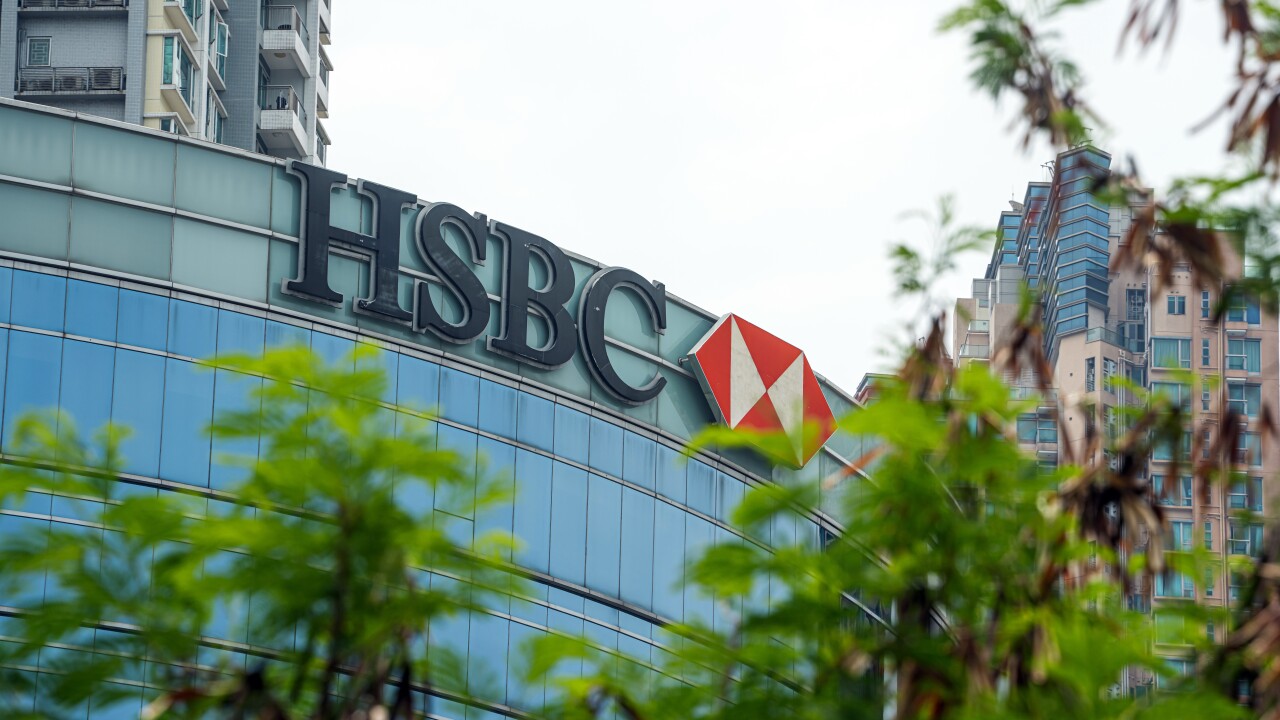Checkout can easily make or break a sale and more often than not. According to Baymard Institute, more than
Today, most buyers waste time fumbling with forms, such as entering billing and shipping addresses, personal information, and loyalty and reward codes manually. More important, most of these interactions happen on mobile phones. With smaller screen sizes and increased levels of distractions ranging from a text or a notification, pitfalls in the checkout process can result in more abandoned carts than successful transactions.
One of the largest contributors to cart abandonment is the lack of clarity around shipping terms and time frames. Information around shipping options is often presented to buyers too late in the checkout flow and that can be detrimental to the checkout process. Overwhelming the buyers with excessive, or irrelevant information, can also lead to increased checkout abandonment.

Buyers are equally concerned with overall transactional peace of mind. They wonder if the merchant has a clear refund policy, or if there is an easy way for them to communicate with the merchant if necessary. Any last-minute apprehension by the customer can lead to abandonment.
Another factor is providing the right payment methods to buyers. Online commerce is global. Buyers will have less trust in the merchant if a merchant doesn’t offer payment methods that international buyers are comfortable with and trust.
Ensuring that the customer can check out without friction is critical to improving the checkout process. There are a few ways to achieve this.
Checkouts have become more streamlined and seamless with the advent of Apple Pay, and more recently, Google Pay, making one-click payments accessible to Android buyers. Google’s latest release now makes Google Pay available to hundreds of millions of buyers worldwide, which ultimately means a better, faster purchase experience for buyers and more sales for merchants. Based on Shopify’s merchant data, we have seen a twofold increase in conversion rates on mobile using these accelerated checkout methods.
In addition, the World Wide Web Consortium’s (W3C) Web Payments Working Group is doing important work around standardizing how people pay on the web, in an effort to increase security and reduce friction, with its Payment Request API. The Payment Request API allows merchants to accept payments from users, using a lightweight browser integration, and reduces checkout friction by offering users a consistent experience across merchants and browsers.
While offering seamless experience is front and center for all merchants around the world, for repeat buyers specifically, there is an opportunity to elevate their experience even further. Developing a frictionless payment flow for repeat buyers who have already stored their information within their account can really go a long way in increasing conversion rates, and ultimately retaining those buyers.
In an increasingly mobile world, checkout abandonment continues to be one of the toughest challenges in e-commerce. While there is not a one-size-fits-all solution to this growing pain for small businesses, major players in the space continue to invest in ways to reduce friction at checkout. The collective efforts will result in better experience for buyers and more sales for merchants.





